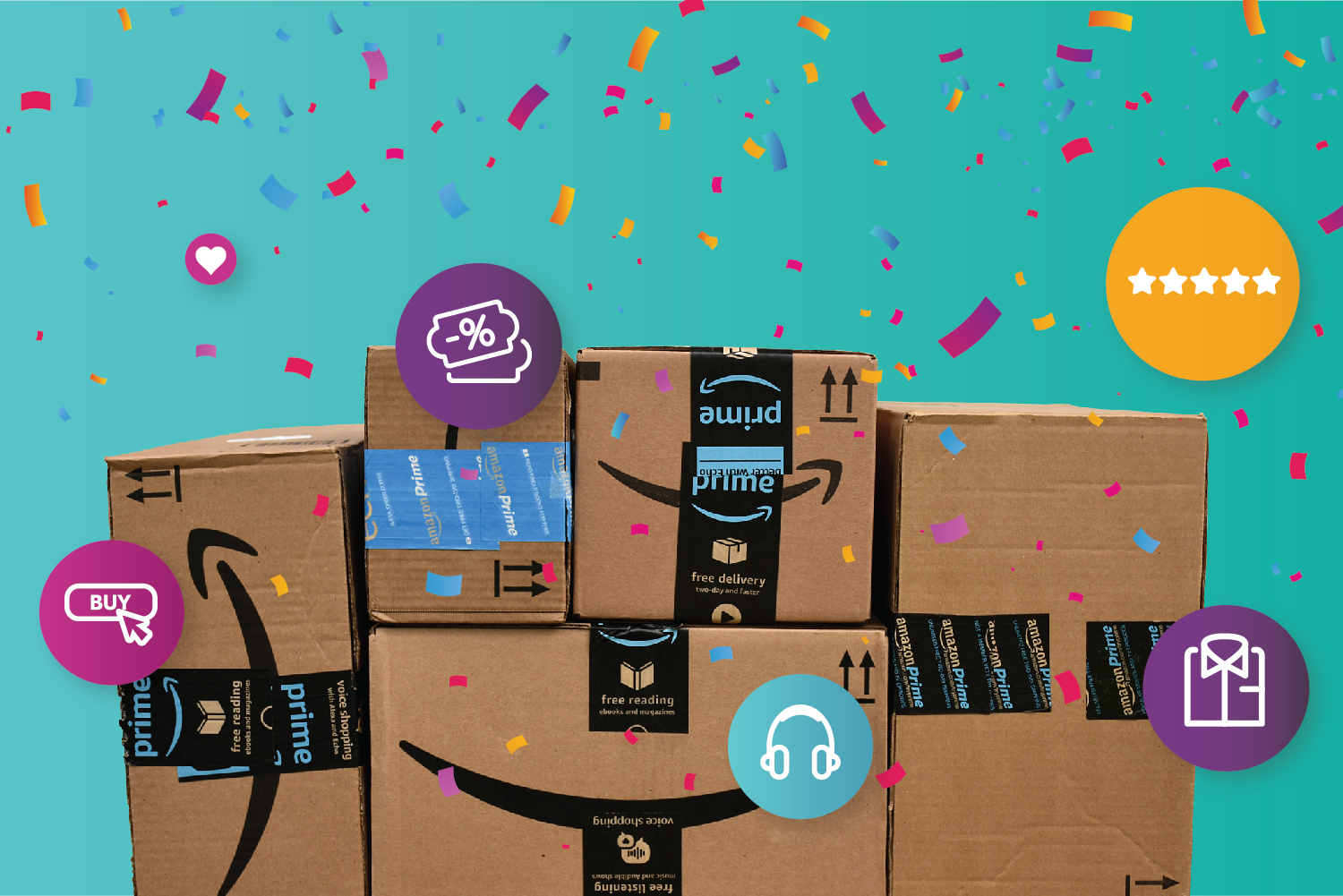
As an online shopping addict, it’s pretty easy to say Black Friday ranks among my personal favorite holidays. It is considered a holiday, right? What is amazing is that in just a few years, Amazon has birthed a similar frenzy in July through its annual Prime Day sale. However, the shift I find really interesting is how this Amazon-invented shopping event has scaled way outside of Amazon. As shoppers started turning out in high volume for Prime Day, competing retailers soon began offering their own sales around the same time, and “Black Friday in July” was born, quickly becoming the most important shopping event of the summer. To understand the impact of Prime Day beyond Amazon and to learn more about what matters to consumers when shopping Black Friday in July sales, we analyzed shopping activity data from across our network of more than 6,000 brand and retailer sites and surveyed 1,000 U.S. consumers who plan to take advantage of these mid-summer sales. Here’s what we found:
Shoppers go off Amazon, and offline, to both browse and buy
With the ability to analyze shopping activity across more than 6,000 retail sites, including those of top U.S. retailers, we see the Prime Day halo effect first hand. Last year, our network saw a 21% increase in pageviews, compared to just 15% in 2016, and a 15% increase in shoppers. With over 40 major retailers running Black Friday in July sales in 2018, shoppers were not just comparing prices out of Amazon but also making purchases; our network saw an 11% increase in orders around Prime Day 2018.
This July, we expect to see similar patterns. When it comes to where consumers will be shopping this year, Amazon still topped the list, with 70% of survey respondents indicating they planned to shop there during Black Friday in July sales. But Amazon was followed closely by Walmart (44%), Target (40%), Best Buy (24%), and Macy’s (18%). One competitive advantage for retailers and brands over Amazon is their physical footprint: 31% of shoppers surveyed indicated they shop outside of Amazon because other retailers have physical stores nearby.
Apparel, consumer electronics, and kitchen appliances top wishlists
60% of shoppers surveyed say they plan to spend $100 or more during Black Friday in July sales this year. By knowing what consumers plan to spend money on, brands and retailers can be better prepared.
Shoppers indicate they are planning to make purchases in the following categories as part of Black Friday in July: apparel (51%), home goods and appliances (48%), and consumer electronics (44%). These trends for 2019 match what we saw on our own network last Prime Day: apparel and accessories pageviews increased 17% and orders 41%; kitchen appliances pageviews increased 58% and orders 41%; smart watches and wearables pageviews increased a whopping 197% and orders 20%.
What is driving this spending? Nearly half (48%) of respondents plan to take advantage of these sales to get a jumpstart on holiday shopping, proving it is never too early for brands and retailers to plan their holiday strategy. Additionally, 38% of consumers will use these sales for back-to-school shopping. Not surprisingly, this number jumps to 48% with college-aged shoppers (ages 18-24). Interestingly, shoppers are often self-gifting, with 39% primarily planning to buy items for themselves during Black Friday in July.
A good deal and trustworthy reviews matter most
It is not surprising that for a shopping event driven primarily by great sales and discounts, price is incredibly important to shoppers. More than half (53%) say price is the number one factor when making a purchase during this time. It’s also what is driving consumers to shop outside of Amazon, with 32% indicating that when they shop at other retailers, it’s because they find better sales and deals than Amazon is offering. Additionally, it is how shoppers research their purchases, with 39% of consumers planning to compare product prices across retailers ahead of Black Friday in July sales.
While price is important, shoppers also heavily rely on online reviews to inform their ultimate purchase decisions. 41% of respondents report that this will be their primary method for researching products ahead of July. That being said, shoppers are getting savvier and, in addition to comparing prices across retailers, they will likely also compare reviews: 44% say that Amazon’s recent issues with fake product reviews will impact participation in Prime Day shopping. This creates another important calendar milestone for brands and retailers to ensure they have fresh, authentic review content ahead of July to put their best foot forward with shoppers.
With Amazon Prime Day predicted to be July 15th this year, sales will be heating up soon. At this point, there is no question that competing retailers stand to benefit from an influx in shopping that is no longer confined to just Amazon. Brands, whether they sell their products on Amazon or not, should expect the same. By preparing for Prime Day as they would Black Friday, smart brands and retailers can be primed (pun intended) to compete with Amazon and benefit from this summer shopping event.
To see more data from our research around Black Friday in July sales, download our infographic.



